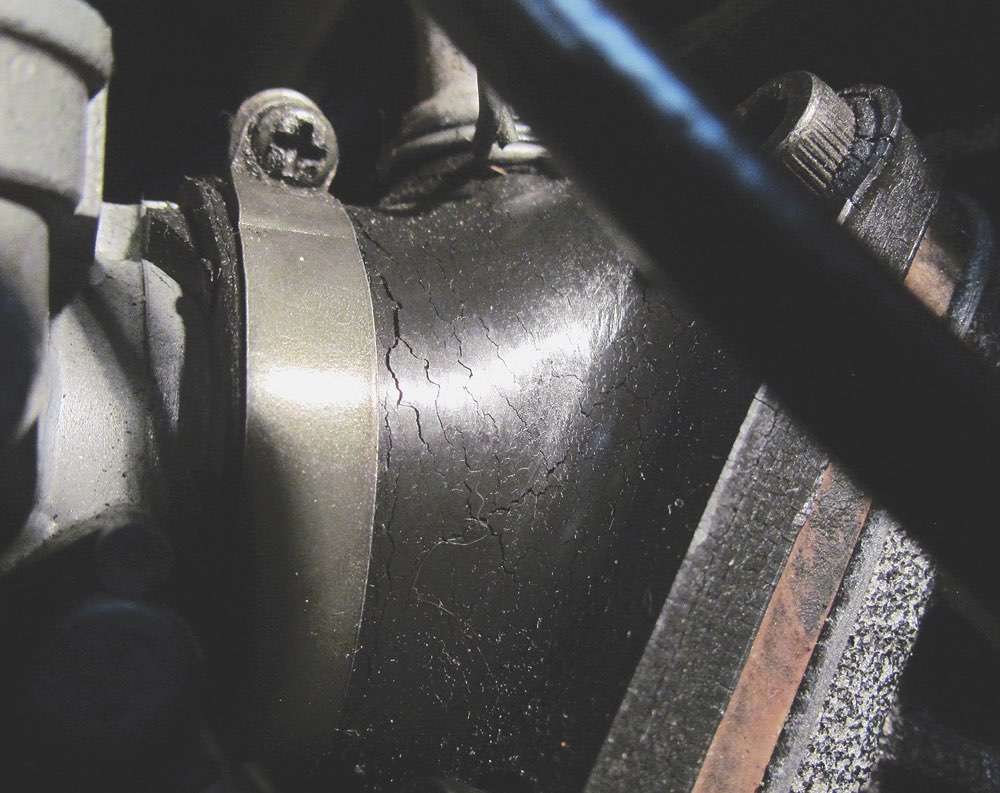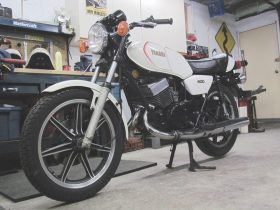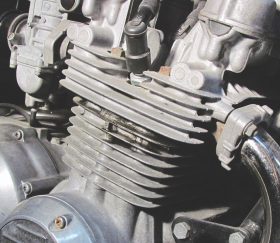When looking for a used bike, a bit of research early on can alleviate future headaches and expenses.
As winter begins to wind down, the time is ideal to look for a new bike with which to begin a new riding season. Maybe you can’t afford a brand-new machine, or maybe you want to look into an older bike that eluded you when you were younger; either way, you’ll be prompted to scour classified ads for a “previously owned,” “experienced” or, my favourite, “re-marketed” motorcycle. (Yes, marketing experts have been concocting terms to replace the term “used,” since it is believed to connote negative responses in focus groups.)
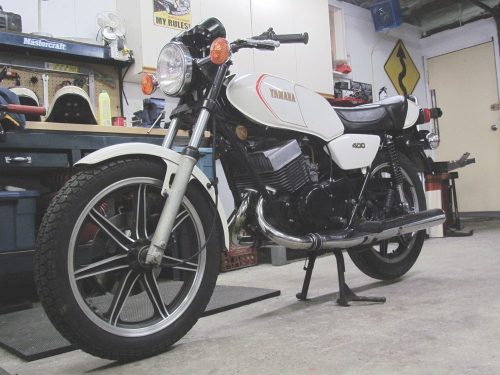 As Clinton Smout pointed out in his column on page 14, buyer and seller may not see eye to eye when it comes time to negotiate how much money should change hands for the acquisition of a new-to-you dream bike. This is why it’s wise to be prepared when going to look over a potential purchase, and to be fair in your assessment of the actual issues the bike might have.
As Clinton Smout pointed out in his column on page 14, buyer and seller may not see eye to eye when it comes time to negotiate how much money should change hands for the acquisition of a new-to-you dream bike. This is why it’s wise to be prepared when going to look over a potential purchase, and to be fair in your assessment of the actual issues the bike might have.
I prefer to look at a bike that hasn’t been detailed, buffed, polished or otherwise wiped clean of evidence of neglect. That doesn’t mean I prefer the bike to be covered by thousands of kilometres of filth, though even that would be revealing as to how the owner treated the machine. Some dirt will enable you to see signs of oil leaks – where the dirt is dark or wet, especially near a gasket, you’re assured oil is seeping out of the engine somewhere nearby. But don’t mistake the wet, oily goop near the front chain sprocket or along the swingarm for an oil leak – that actually tells you that the owner lubricated the drive chain regularly.
A recent acquisition I made, a 1980 Kawasaki KZ550, needs a new head gasket: the darkened cooling fins between the cylinder and head were clear evidence of the job ahead. Had the previous owner meticulously cleaned the bike, using a toothbrush to wipe off the oily residue from between the fins, I would only have discovered the leak after my first few rides.
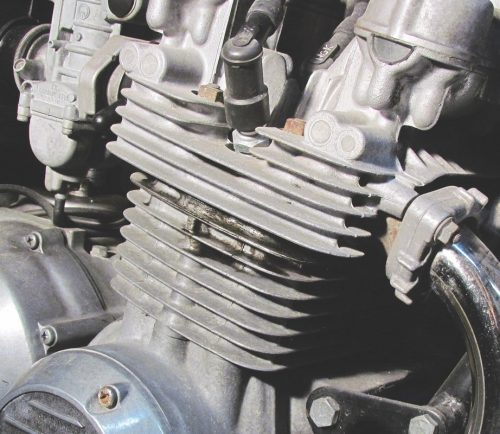 Some issues may be visible whether the bike is clean or not. A 1980 Yamaha RD400 that belongs to a friend of mine is in need of new intake manifolds. Upon initial inspection they look shiny and new, but up close, cracks can be seen in the rubber. Whether those cracks cause an air leak or not is irrelevant to you, the buyer. When something looks as if it needs attention, always assume the worst-case scenario, and use it to bargain. Even if the seller tells you the cracks pose no problems and the bike runs fine, you will be responsible for their replacement when they do give up, which will probably happen sooner rather than later. And finding these parts is difficult since Yamaha no longer makes them, and they are scarce even in the aftermarket.
Some issues may be visible whether the bike is clean or not. A 1980 Yamaha RD400 that belongs to a friend of mine is in need of new intake manifolds. Upon initial inspection they look shiny and new, but up close, cracks can be seen in the rubber. Whether those cracks cause an air leak or not is irrelevant to you, the buyer. When something looks as if it needs attention, always assume the worst-case scenario, and use it to bargain. Even if the seller tells you the cracks pose no problems and the bike runs fine, you will be responsible for their replacement when they do give up, which will probably happen sooner rather than later. And finding these parts is difficult since Yamaha no longer makes them, and they are scarce even in the aftermarket.
The same bike had a swingarm that was swinging side to side, if only slightly. A seller might suggest to “just tighten up the swingarm bolt,” but you should assume the swingarm bearings need replacing, as it is you who will be shouldering the cost of replacing them after you buy the bike. That said, there’s no need to invent faults where there are none, but unless proven otherwise, it’s fair to assume the worst-case scenario when a fault is found – dealers do it all the time when taking trade-ins.
Another thing to consider is the rarity of replacement parts, as is the case with the RD400 manifolds. Regular replacement parts like brake pads, drive chains, batteries, sprockets and spark plugs are rarely a problem and are easily sourced through the aftermarket. And even if bearings and seals are no longer available through the original motorcycle manufacturer, they can be found through bearing suppliers, though this might require that you have the part in hand when placing your order at the counter.
For the most part, tires are not an issue, but in some cases, like on both of the bikes I’ve mentioned above, the original sizes are no longer available. The KZ550 had a 3.25-19 front and 3.75-18 rear, while the RD400 had a 3.25-18 and 3.50-18 front and rear. While all sizes but the 3.75-18 can be found individually, a matching set made by the same manufacturer is more elusive. Equivalent metric sizing can be found to replace the original sizes, but in most cases the tires will be slightly larger. While this isn’t really a tool to use when negotiating the purchase price of a bike, it’s something to consider for long-term ownership.
Once you spot a machine you’re interested in, do some online research, look for common parts, find out about common issues, and be prepared. And don’t forget to be fair.
Technical articles are written purely as reference only and your motorcycle may require different procedures. You should be mechanically inclined to carry out your own maintenance and we recommend you contact your mechanic prior to performing any type of work on your bike.









